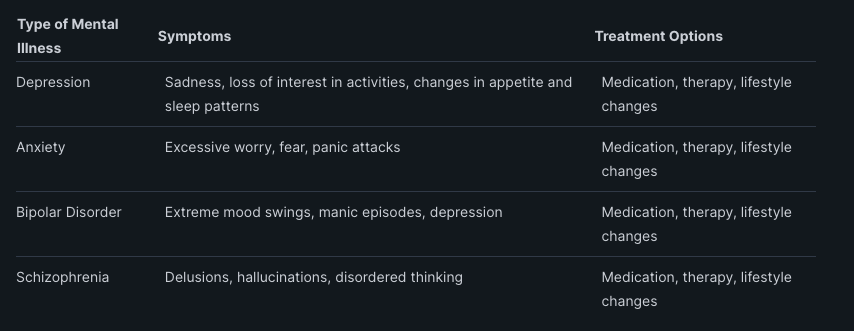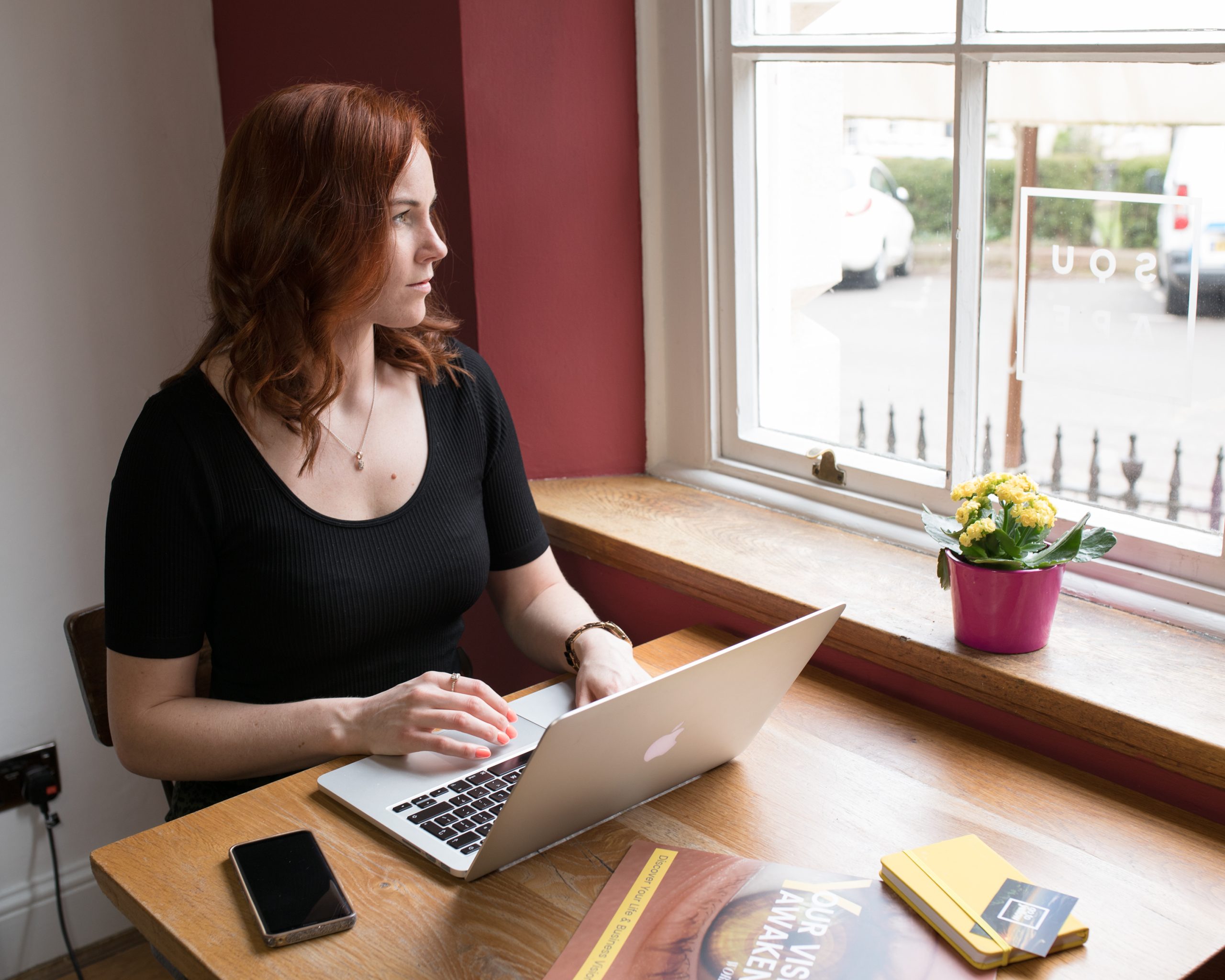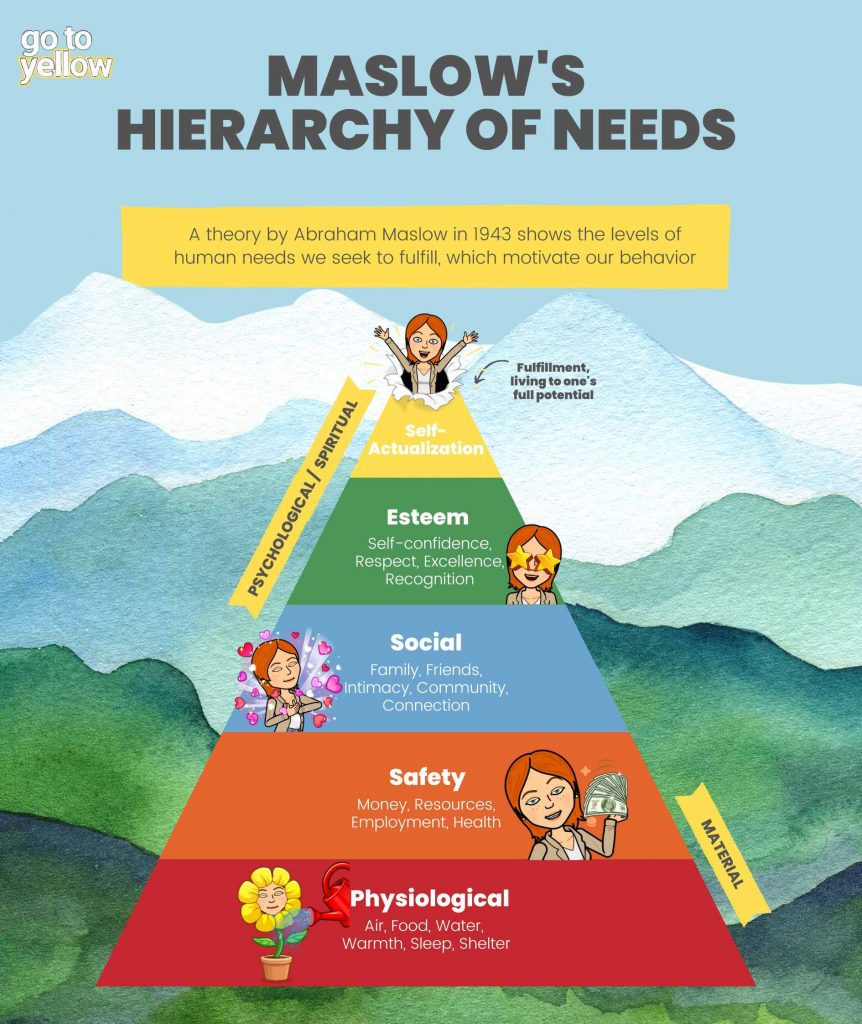How to develop a personal development plan?
Your approach must also be thought through now that you understand personal development. You need to have a personal development plan.
This plan will help you pick out areas you need to develop as well as the best approach for yourself; provided you don’t skip out on it. Starting with a swot analysis.
Choose your development area and do a personal swot analysis
A personal swot analysis, much like a business swot analysis, is a method of identifying your strengths and weaknesses to best determine how to maximise and minimise them.
As an abbreviation, swot stands for:
S – STRENGTHS
W – WEAKNESSES
O – OPPORTUNITIES
T – THREATS
By default, a personal analysis will ask questions concerned with one’s personal life. However, they are not limited to that.
You want to use a personal swot analysis as a fundamental reference despite the personal development area you want to develop.
Even in business, a personal swot analysis goes a long way because your success is always a direct reflection of your personal capacity and approach.
STRENGTHS - What am I great at?
- What value do I provide?
- What do people like about me?
- What resources do I have at my disposal?
| WEAKNESSES - What can I improve?
- What am I missing that I need?
- What am I bad at compared to others?
- What’s something that works against me?
|
OPPORTUNITIES - What unmet demands can I satisfy?
- What opportunities do I see for myself?
- How can I apply my existing strengths?
- What trends can I take advantage of as per the person I am?
| THREATS - What external forces work against me?
- Do I have underlying issues that undermine my growth?
- Am I in a position for my weaknesses to be exploited?
- If I have any, are my competitors outperforming me?
|
In each slot, you may relate the questions to different things. It all comes down to where you are as an individual and the personal development area you plan to develop.
For example, if you are targeting mental development, the question “what’s something that works against me” will question a part of your life that strains your mental health.
And if you’re developing your social area, that question would now be concerned with characteristics that fail your social relationships.
Iron out your personal vision
Once you know the personal development area you want to develop and complete a personal swot analysis around it, it’s time to map out what moving away from your current position to the one you inspire to be in looks like.
“What does my personal vision look like, and who does it need me to be?”
A personal vision, which is just a fancy way of saying a vision statement, is a statement that declares what you want to achieve and the most idealistic position you want to assume in the long run.
Whether condensed or long, your personal vision should account for your values, strengths, and goals. Above all, your vision must be an achievable goal.
This is a statement to always fall back to as a reminder of where exactly you’re going and perhaps be a motivation that keeps you going when the going goes tough.
How to create a personal vision?
To make this process less complicated, you want to outline a few things and work according to them, starting with your strengths.
STRENGTHS – What innate abilities do I possess?
- What am I good at?
- Where do I compete better?
VALUES – Think about the personal standard you hold yourself to
- What are my non-negotiable values?
- What kind of person do I aspire to be?
- What is desirable and not desirable to me?
ACQUIRED SKILLS – What did I learn I am good at?
- What skills have I learned in my life?
- How can I use things I learned to my advantage?
- Do my skills make me favourable in any way? How?
ULTIMATE GOAL – Where do I want to be?
- Where would I like to be?
- How do I want to change?
- What does my desired change look like?
PERSONAL VISION – What idealistic position do I want to be in?
- What do I want to do on a day-to-day basis?
- What does a perfect life look like for me?
- When I narrow down options, which one do I want the most?
In the end, you will use answers to these questions to write your personal vision statement.
These questions will differ as per the reason you are developing yourself. For example, these questions will revolve around a chosen field if you’re developing your career.
Develop a personal development mindset.
It takes an average of 66 days to make a new habit stick. Even after that, slacking just once can set you back to the beginning. With that said, you can imagine how outlining your personal development aspects is just the beginning.
The tough part is committing to your plan and seeing it through. It is going to take some willpower and dedication. But with the following approach, you can do it.
One big goal is scary. But that’s no reason for you to shy away from your wildest dreams. Instead, continue to target scary and overwhelming goals but break them down into small parts. This process helps you set smart goals.
S- Smart, M- Measurable, A- Achievable, R- Relevant, T- Time-bound.
Imagine your goal as a long road trip.
The 1st step for you to take would be to set up your dynamic and static ropes. Your dynamic rope, the one that will stretch and absorb the impact when you fall, is made of all the lessons, habits, and insight you gained when taking small steps toward your big goal.
The static rope, the efficient one that stretches a little to lower you and haul you up. This rope is all the small steps you’ll take to get to the big goal.
The static rope helps you to achieve short-term goals, while the dynamic rope anchors the long-term goal.
Think of it this way. If your ultimate personal goal is to be a better mother, then learning to be patient, better at communicating, and less distracted would be the small steps you need to take.
If you want to build a business, separating milestones would be less overwhelming. For example, the 1st goal is to register the business before worrying about marketing.
After this part, follow through with the next steps.
- Set deadlines for each small goal you outline.
- Be mindful of threats and opportunities
- Delegate whatever you can
- Have a way to measure progress
Setting deadlines is important because you don’t want to be stuck on one small goal forever. Being mindful of threats and opportunities provides the needed flexibility to adapt and not despair when things change you.
You should delegate if you can afford to and measure your progress to see how close or far off you are to the ultimate goal.
Develop your personality to fit your goals
When I was a relatively bright student in secondary school, one of my teachers told me I would struggle with my studies in University because:
- No one chases you to do your work at university
- My playful and laid-back approach will work against me
- It will be hard to adapt my horrible working style to university demands
Despite my capabilities; he basically told me I was my worst enemy. Though in my case, he was wrong, people being their own worst enemies is not uncommon, and Dr. Brain R. Little affirmed this.
In his acting out-of-character article, Dr. Brian R. Little, a Professor, author, and speaker, wrote about how your personality can work against your success. He emphasised the need to ‘act out of character’ for the sake of your success.
“Human personality plays a striking and subtle role in shaping the course of our lives in the immortal profession. Arrogance, shyness, bounciness, and hundreds of other traits of personality influence how others see us and how we see ourselves. They have important consequences for the shape of our lives.”
Consider the big 5 personality traits as per contemporary psychology. Whichever you embody, they all have pros and cons. And the cons are the ones to adapt for the better if they work against you.
People with this personality trait are imaginative, insightful, curious, eager to learn with a broad range of interests.
On the flip side, their openness can lead them down an overwhelming path as they take on more than they can handle.
People with this personality trait are thoughtful, goal-oriented, organised, and pretty much finish deadlines.
On the other hand, they can be perfectionists who struggle to work in fast-paced, changing environments.
People with this personality trait are social, talkative, excitable, outgoing and enjoy meeting people.
On the other hand, these people can be easily distracted and neglect their goals. They can also overestimate other people’s presence a lot, which can sometimes be a con.
These are the people who are kind, altruistic, empathetic, cooperative and enjoy helping others.
On the other hand, agreeable people can easily be taken advantage of and also exhaust themselves to a point where they are left with nothing to offer themselves.
- Neuroticism
These are people who are moody, chronically sad and all round emotionally unstable.
While the defining traits are not great, neuroticism goes hand in hand with creativity and problem-solving, and one can maximise these traits.
The trick is to get to know yourself as much as possible and learn to adapt the negatives to not work against you as per your chosen personal development area and development plan.
“You may not be naturally open and extroverted. But given an important occasion or project, you have little choice but to act out of character, to rise to the occasion and be an alternative you — in a sense, perhaps, an optimised you.”
Advantages of developing yourself ‘personally’
Having emphasised the need to choose a personal development area before outlining a plan, let’s talk about why developing yourself puts you at an advantage.
Whatever area you decide to focus on, i.e. career, relationships, mental health, etc. You cannot separate the outcome of your success from who you are as an individual and where you are in your entirety.
Therefore, before everything else, the self-development journey should be concerned with who and what one is at the core. Understand that the innate traits that set you apart and make you who you are can be a disadvantage as much as they can be an advantage.
If your innate traits are going to have a ripple effect on any part of your life, you might as well develop them to have a positive impact and add to the following advantages:
- Strong sense of self-awareness
You will make better decisions for yourself and your life when you know yourself and what you expect from yourself and your surroundings. Consistently committing to developing yourself certainly helps you get to know yourself better more and more.
A disadvantage of not knowing what you want out of life is allowing multiple things to pull you in different directions, even when you can do without them. One can end up overwhelmed by demands that do not even fulfil them. The opposite can be said for someone whose personal development journey grounds them.
Often the instigator of personal development journeys, having defined goals, is a catalyst of progress and success because despite facing challenges, at least you are working towards clear goals, and any adjustment is still towards the same achievement.
- Building healthy relationships
When you are sure of yourself, and what adds value to who you already are, you will choose and gravitate towards connections that affirm you in the best way possible. You will reduce the likelihood of forging potentially toxic relationships.
- Motivated to be a success
One obstacle that limits success is not knowing what you want to do with your life. This is why people who know what they want out of life are motivated to chase the said thing. In retrospect, people who don’t know waste a lot of mental energy figuring out what they want.
Human beings are what they are because of their emotional and intelligent nature. At our worst, our emotions and intelligence can be the worst of us. This is why it is important for you to have some control over what you feel, think, and how you behave because of the preceding two factors. Self-control also aids temptations, habits and impulses.
- Strong boundaries and decisions
When you know what you stand for and your ultimate goals for your life, you refuse to take on obligations you have no business doing. You know what makes sense to your journey and can make hard decisions that filter out the unnecessary fluff without being paralysed.
- All-round fulfilling life
All in all, personal development has a ripple effect on all areas of your life. Ultimately, this is a journey that nurtures multiple shortcomings and strengths, creating a life of balanced demands and progressive solutions. An individual having an extensive understanding of all areas that can affect them nurtures this all-round fulfilling life.
Ready to start your personal development journey? Download our free tool to help you map out your journey.
Alternatively, you can join our personal development coaching programme.

By Tammy Whalen Blake























